In the ever-evolving landscape of industrial instrumentation, Coriolis mass flow meters have emerged as pivotal devices, revolutionizing the measurement and control of fluid flows across various sectors. As global industries strive for enhanced accuracy, efficiency, and sustainability, the demand for advanced flow measurement technologies has surged. Coriolis mass flow meters, with their ability to provide precise and real-time measurements of mass flow, density, and temperature, have become indispensable tools in optimizing processes and ensuring compliance with rigorous industry standards.
This article delves into the dynamic and rapidly evolving global market trends surrounding Coriolis mass flow meter technology. From oil and gas to pharmaceuticals, food and beverage to chemicals, the application of Coriolis meters spans diverse sectors, underscoring their versatility. With ongoing technological advancements pushing the boundaries of precision and reliability, stakeholders in these industries are progressively incorporating Coriolis mass flow meters into their operations. This integration fosters innovation and propels the next phase of industrial evolution.
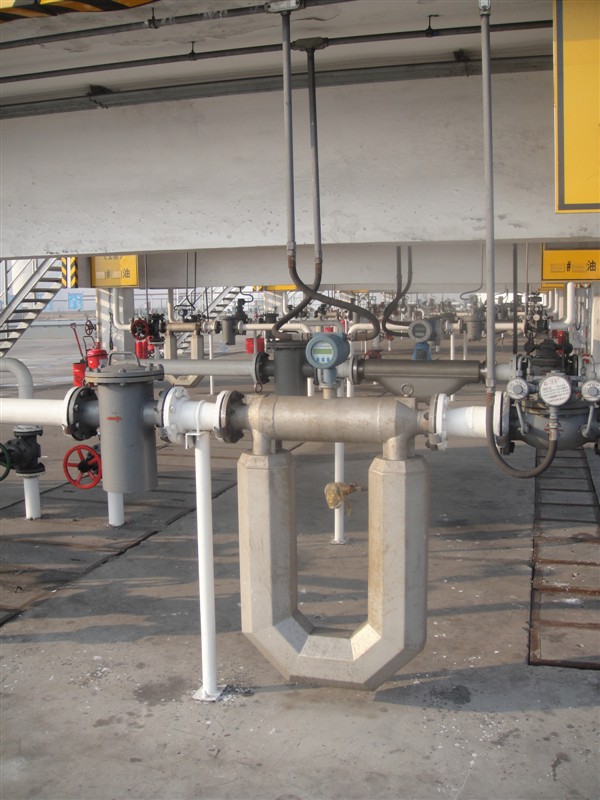
Evolution of Coriolis Mass Flow Meter Technology
The story of Coriolis mass flow meter technology unfolds against the backdrop of industrial revolutions and a persistent quest for precision in fluid measurement. The historical journey of these instruments traces its roots to the early 20th century, with developments accelerating over the decades as industries demanded more accurate and versatile flow measurement solutions.
In the early 1900s, the principles behind Coriolis flow measurement were identified by French scientist Gaspard-Gustave de Coriolis. However, it wasn’t until the latter half of the century that technology caught up with theory. The emergence of advanced materials and electronics in the 1960s provided the foundation for the development of practical Coriolis mass flow meters. Early prototypes faced challenges in terms of size, accuracy, and cost, but they laid the groundwork for the transformative technology we know today.
The 1980s marked a significant turning point in the evolution of Coriolis mass flow meters. Miniaturization of components and improvements in sensor technology led to more compact and affordable devices. Companies like Micro Motion, Endress+Hauser, and Krohne played pivotal roles in commercializing these meters. During this era, there was a notable surge in industrial adoption, particularly in the oil and gas sector. Accurate measurement of mass flow became imperative for custody transfer and process optimization, marking a significant milestone in widespread implementation.

As the technology matured, the 1990s witnessed a surge in applications across various industries. Coriolis mass flow meters began to infiltrate sectors like pharmaceuticals, chemicals, and food and beverage, where precision and hygiene were paramount. The meters evolved to offer not just mass flow measurements but additional parameters such as density and temperature, making them indispensable tools for comprehensive process control.
The early 21st century saw a relentless pursuit of innovation in Coriolis mass flow meter technology. With the advent of advanced materials, improved sensor designs, and sophisticated signal processing algorithms, these meters became more accurate, reliable, and versatile. The demand for enhanced diagnostics and digital communication capabilities also fueled advancements in smart metering technology.
Key milestones in the technology’s evolution include the development of multi-tube and single-tube designs. Multi-tube meters, with parallel or concentric tubes, allowed for increased measurement accuracy and expanded flow range capabilities. Conversely, single-tube meters presented advantages in terms of diminished pressure drop and enhanced reliability.. These design variations addressed specific industry needs, contributing to the widespread adoption of Coriolis mass flow meters across diverse applications.
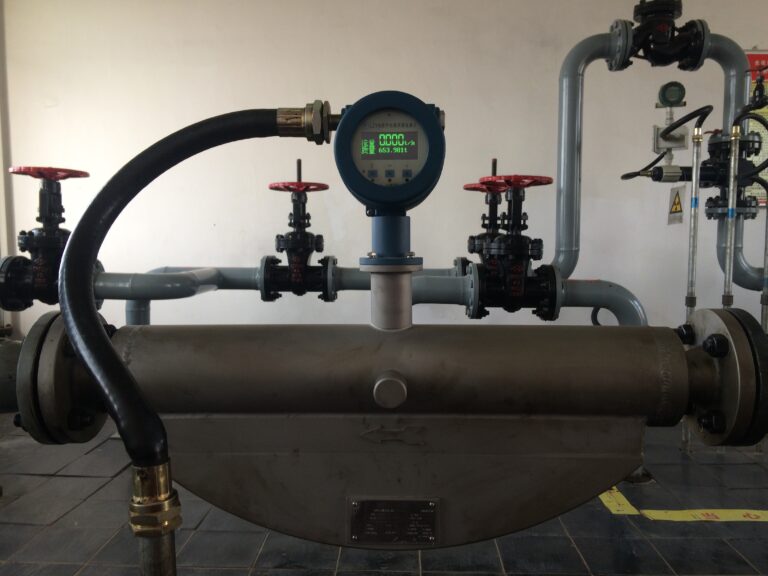
The integration of digital signal processing and advanced calibration techniques further elevated the performance of Coriolis meters. In recent years, advancements in sensor materials, such as specialized alloys and coatings, have enhanced the meters’ ability to withstand corrosive and abrasive fluids, expanding their applicability in challenging industrial environments.
Looking ahead, the evolution of Coriolis mass flow meter technology continues with a focus on miniaturization, wireless communication, and Industry 4.0 integration. The pursuit of smaller, smarter, and more connected meters reflects the ongoing commitment to meeting the evolving needs of industries worldwide.
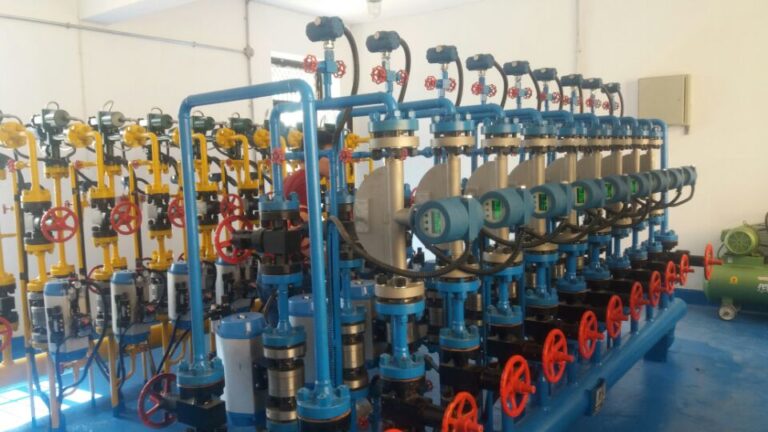
Current State of the Coriolis Mass Flow Meter Market
The Coriolis mass flow meter market has experienced robust growth, evolving into a dynamic and integral segment of the global industrial instrumentation landscape. As industries increasingly recognize the value of precise fluid measurement, the market size and scope of Coriolis mass flow meters have expanded significantly.
The global market for Coriolis mass flow meters is substantial, reflecting the widespread adoption of this technology across diverse sectors. With an estimated market size surpassing $1 billion USD, Coriolis meters have become indispensable tools in ensuring accurate measurements of mass flow, density, and temperature in fluid processes. This growth is attributed to the technology’s ability to enhance operational efficiency, reduce waste, and meet stringent industry standards.
Major players in the Coriolis mass flow meter market include industry stalwarts like Endress+Hauser, Emerson Electric Co., and Yokogawa Electric Corporation, among others. These companies have been pivotal in driving innovation, expanding product portfolios, and establishing a global presence. The market is defined by a competitive landscape featuring a combination of well-established players and newer entrants concentrating on niche applications and emerging technologies.
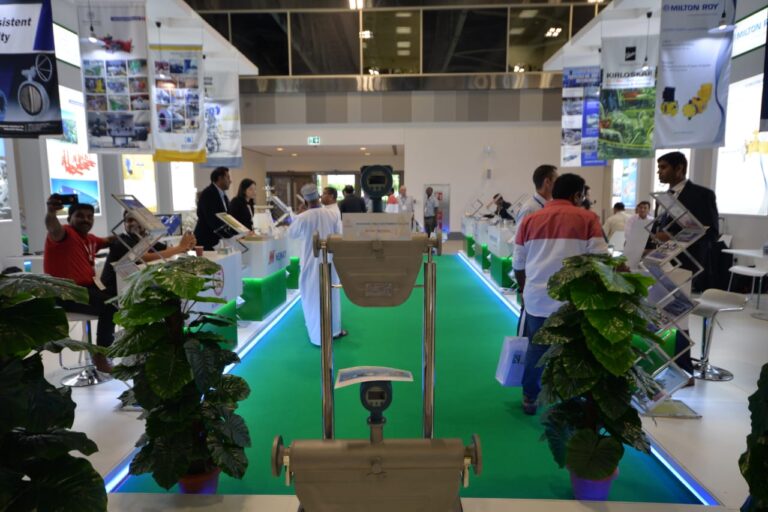
Market segmentation reveals the versatility of Coriolis mass flow meters, catering to a broad spectrum of industries. The oil and gas sector remains a dominant end-user, utilizing Coriolis meters for custody transfer, well production monitoring, and process optimization. In chemical processing, these meters play a crucial role in measuring the flow of various chemicals with high accuracy, ensuring precise formulations and reducing production costs.
Pharmaceutical and biotechnology industries leverage Coriolis mass flow meters for their hygienic design and capability to measure small volumes accurately. The food and beverage sector benefits from the meters’ ability to handle diverse fluid properties, enabling precise measurements in processes such as beverage blending and dairy production.
Water and wastewater treatment is another burgeoning application, where Coriolis meters assist in monitoring and controlling the flow of water and various chemicals, contributing to efficient and sustainable water management practices.
The adoption of Coriolis mass flow meters is not limited to traditional industries; emerging sectors like renewable energy and electric vehicle manufacturing are incorporating these meters into their processes. As demand for clean energy grows, Coriolis meters play a vital role in measuring and optimizing the flow of liquids and gases in solar and wind power applications.

Emerging Technologies and Innovations in Coriolis Mass Flow Meter Technology
The Coriolis mass flow meter market is not merely static; it thrives on constant innovation, pushing the boundaries of precision and adaptability. Recent advancements in Coriolis mass flow meter technology showcase a commitment to meeting the evolving needs of industries while simultaneously shaping the market landscape.
One notable breakthrough is the integration of advanced sensor technologies. Traditional Coriolis meters utilized vibrating tubes to measure fluid mass flow, but recent innovations have introduced alternative sensor designs, such as surface acoustic wave (SAW) sensors and microelectromechanical systems (MEMS). These technologies enhance the meters’ sensitivity, allowing for more accurate measurements even in challenging fluid conditions, such as low flow rates or highly viscous fluids. The use of SAW and MEMS sensors also contributes to the miniaturization of Coriolis meters, expanding their applicability in space-constrained environments.
Industry 4.0 and the Internet of Things (IoT) have left an indelible mark on Coriolis mass flow meter technology. Smart meters equipped with IoT capabilities provide real-time data monitoring and remote diagnostics. This not only enhances the meters’ functionality but also facilitates predictive maintenance, reducing downtime and improving overall operational efficiency. The integration of Industry 4.0 principles into Coriolis mass flow meters aligns them with the broader trend of digital transformation in industrial processes.
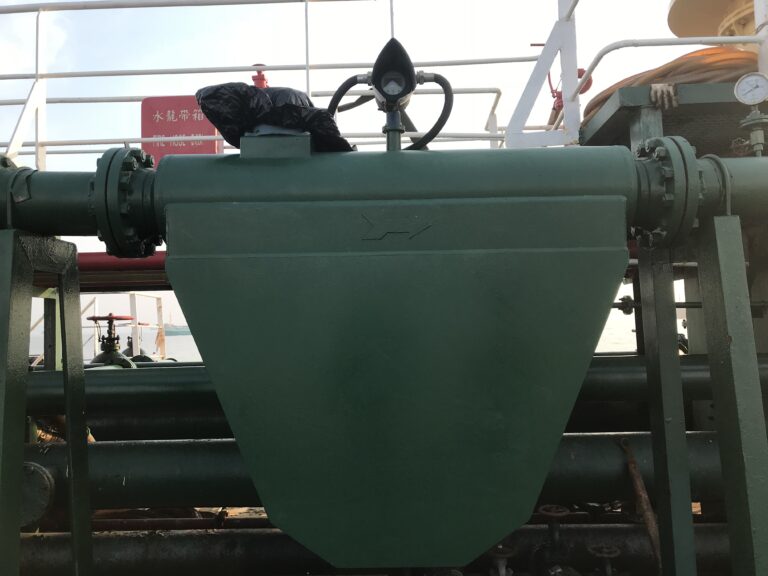
The implementation of digital signal processing (DSP) has significantly elevated the accuracy and reliability of Coriolis mass flow meters. DSP algorithms analyze the signals generated by the vibrating tubes, compensating for external factors like temperature changes and vibrations. This results in more precise measurements, even in dynamic and challenging operating conditions. The marriage of advanced electronics and signal processing has elevated Coriolis mass flow meters to a new level of performance, making them indispensable in applications where precision is paramount.
In response to industry demands for greater flexibility, Coriolis mass flow meters with multi-parameter capabilities have emerged. Beyond measuring mass flow, these meters now simultaneously provide data on fluid density, temperature, and even viscosity. This holistic approach to fluid characterization enables industries to achieve a comprehensive understanding of their processes, aiding in quality control, formulation optimization, and compliance with stringent regulations.
The rise of sustainable practices has also influenced innovation in Coriolis mass flow meter technology. The meters are being designed with eco-friendly materials and manufacturing processes, aligning with the growing emphasis on environmental responsibility. Additionally, advancements in energy efficiency are making Coriolis meters more sustainable in operation, contributing to the overall eco-consciousness of industries adopting these instruments.
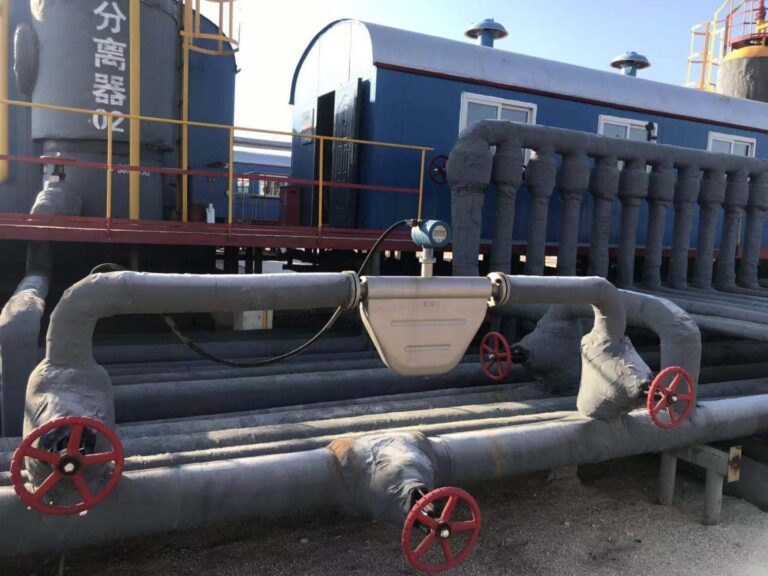
AI and machine learning integration are on the horizon for Coriolis mass flow meters. These technologies have the potential to enhance meter diagnostics, predict maintenance needs, and adapt to changing process conditions autonomously. By learning from historical data and continuously optimizing their performance, AI-powered Coriolis meters can contribute to even greater efficiency and reliability in fluid measurement.
As innovation shapes the market landscape, the demand for customized solutions has grown. Manufacturers are increasingly offering Coriolis mass flow meters with configurable options, allowing users to tailor the meters to their specific application requirements. This flexibility ensures that Coriolis meters can adapt to the unique challenges posed by different industries and processes.

Regional Market Trends in Coriolis Mass Flow Meter Technology
The adoption and growth of Coriolis mass flow meter technology exhibit intriguing regional variations, reflecting a complex interplay of factors that influence market trends across the globe. From North America to Asia-Pacific, each region presents a unique landscape shaped by industry needs, economic dynamics, and technological readiness.
North America
North America stands as a robust market for Coriolis mass flow meters, driven by the region’s diverse industrial landscape. The oil and gas sector, especially in the United States and Canada, has been a leading adopter of Coriolis meters, employing them for custody transfer and process optimization.. The stringent regulatory environment in North America has also played a role, with industries prioritizing accurate and compliant fluid measurements.
Moreover, the region’s focus on innovation and technological advancements has propelled the adoption of the latest Coriolis meter technologies. The integration of smart meters and digitalization aligns with the overarching trend of Industry 4.0, ensuring that North American industries remain at the forefront of precision and efficiency in fluid processes.
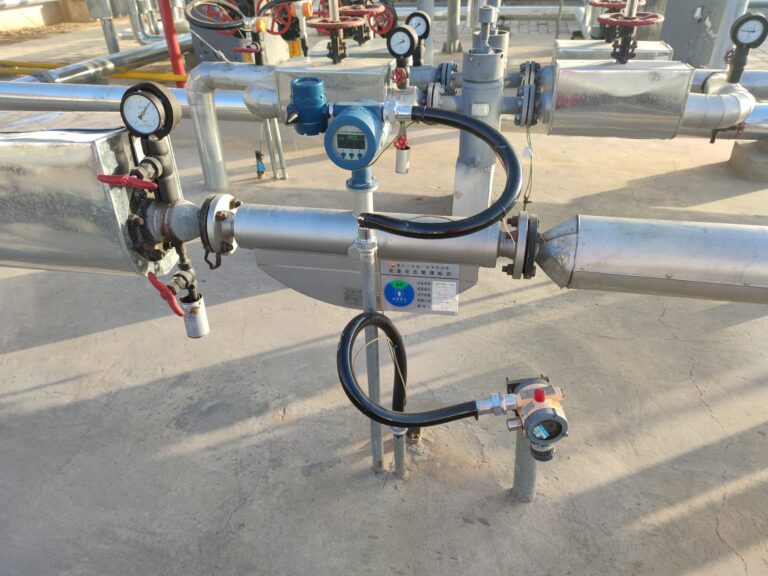
Europe
Europe, with its rich industrial history and emphasis on sustainability, has embraced Coriolis mass flow meters across various sectors. The chemical and pharmaceutical industries in countries like Germany and Switzerland rely on these meters for precise fluid measurement, contributing to the development of high-quality products while adhering to stringent environmental regulations.
The European market has witnessed an increased demand for Coriolis meters with advanced features, such as multi-parameter capabilities and IoT integration. As industries in Europe aim to balance efficiency with environmental responsibility, Coriolis mass flow meters play a crucial role in optimizing processes and minimizing waste.
Asia-Pacific
The Asia-Pacific region, with its burgeoning economies and diverse industrial landscape, represents a significant growth opportunity for Coriolis mass flow meter technology. Countries like China, Japan, and India have seen rapid industrialization, leading to increased demand for accurate and reliable flow measurement solutions.
In the Asia-Pacific region, the uptake of Coriolis mass flow meters is shaped by factors such as the expansion of the manufacturing sector, the imperative for efficient water and wastewater management, and an increasing awareness of the significance of precise fluid measurements across various industries. The adaptability of Coriolis meters positions them effectively to tackle the varied challenges encountered by industries in the region.
Middle East and Africa
The Middle East, acknowledged for its thriving oil and gas industry, has been a pivotal player in the widespread adoption of Coriolis mass flow meters. The meters are instrumental in managing the flow of hydrocarbons for custody transfer and ensuring operational efficiency in the extraction and refining processes.
In Africa, the demand for Coriolis meters is driven by industries such as mining, water management, and agriculture. The technology’s ability to handle a wide range of fluid properties makes it valuable in addressing the diverse needs of the continent.
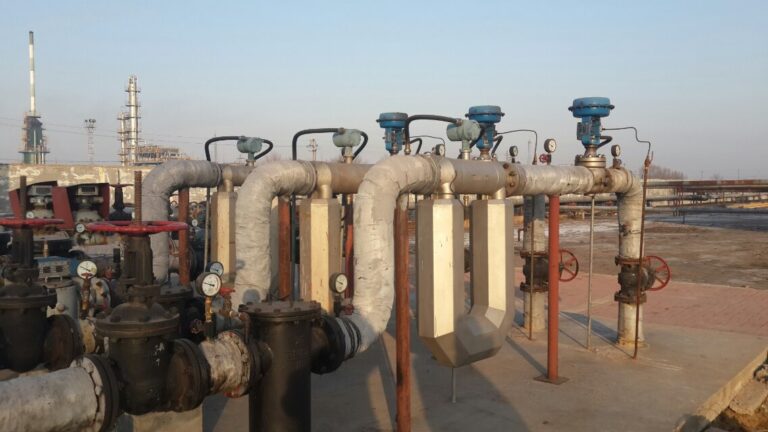
Factors Influencing Market Trends
Various factors contribute to the regional disparities in the adoption and growth of Coriolis mass flow meter technology:
- Industry Composition: The dominant industries in each region heavily influence Coriolis meter adoption. For instance, regions with a strong presence in oil and gas or chemical manufacturing are more likely to see widespread use of Coriolis meters.
- Regulatory Environment: Stringent regulations related to environmental compliance and product quality drive the adoption of precise measurement technologies. Regions with stringent regulatory frameworks, such as North America and Europe, exhibit a higher demand for Coriolis mass flow meters.
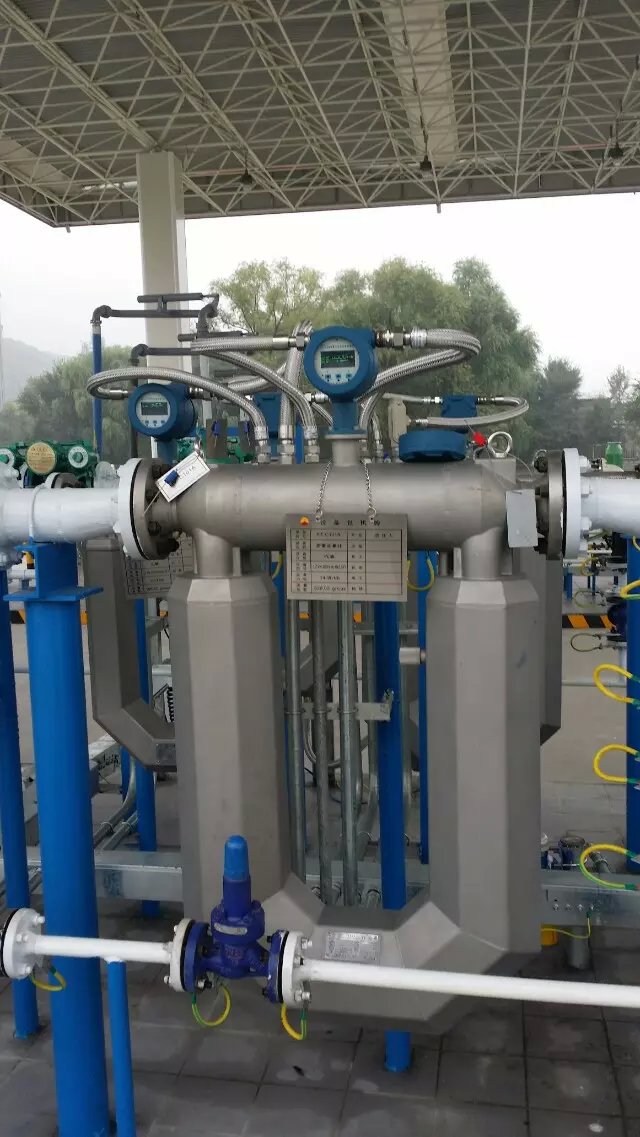
- Economic Development: The level of economic development in a region influences industrial activities and the need for advanced measurement solutions. Growing economies, especially in Asia-Pacific, drive the demand for Coriolis meters as industries modernize and expand.
- Technological Readiness: Regions with a strong emphasis on technological innovation and Industry 4.0 principles are more likely to adopt the latest advancements in Coriolis mass flow meter technology. This involves incorporating IoT, AI, and smart metering capabilities.
- Water Management Needs: Regions facing water scarcity or those prioritizing efficient water management, such as the Middle East and certain parts of Asia, have a growing demand for Coriolis meters in water and wastewater treatment applications.
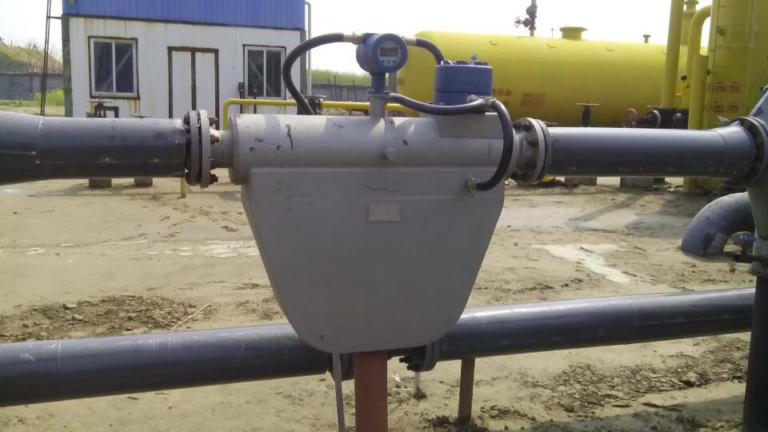
Market Drivers and Challenges
The adoption of Coriolis mass flow meters is driven by a myriad of factors that highlight the technology’s indispensability in various industries. Simultaneously, the industry faces challenges and obstacles that demand innovative solutions to ensure sustained growth and effectiveness.
Market Drivers
- Precision and Accuracy Demands: One of the primary drivers for the adoption of Coriolis mass flow meters is the increasing demand for precision and accuracy in fluid measurements. Industries such as pharmaceuticals, chemicals, and food and beverage require precise control over their processes, making Coriolis meters a preferred choice due to their ability to provide accurate measurements of mass flow, density, and temperature.
- Regulatory Compliance: Stringent regulatory requirements across industries, particularly in oil and gas, necessitate the use of reliable and compliant measurement technologies. Coriolis mass flow meters, with their ability to meet strict accuracy standards, have become essential tools for compliance in custody transfer applications and environmental monitoring.
- Versatility in Applications: The versatility of Coriolis mass flow meters contributes to their widespread adoption. These meters can handle a broad range of fluid types, from viscous liquids to gases, making them suitable for diverse industries. Their ability to measure multiple parameters simultaneously further enhances their applicability in various processes.
- Advancements in Technology: Continuous technological advancements, such as the integration of smart metering capabilities, advanced sensor technologies, and digital signal processing, drive the adoption of Coriolis mass flow meters. These innovations improve meter accuracy, reliability, and provide additional functionalities, aligning with the broader trend of Industry 4.0 integration.

Challenges and Obstacles
- Cost Considerations: The initial cost of Coriolis mass flow meters can be a barrier to adoption for some industries. While the technology offers significant benefits in terms of accuracy and versatility, the upfront investment may be a challenge for smaller enterprises or those operating on tighter budgets.
- Maintenance and Calibration: To guarantee optimal performance, Coriolis mass flow meters necessitate regular maintenance and calibration. The complexity of these meters, especially in applications where they are exposed to harsh operating conditions, can pose challenges for maintenance teams. Predictive maintenance strategies are being explored to mitigate these challenges and reduce downtime.
- Fluid Property Variability: The performance of Coriolis meters can be affected by variations in fluid properties, such as viscosity and temperature. Adapting the technology to handle a wide range of fluid characteristics remains a challenge, particularly in industries where the fluid composition can vary significantly.
- Space Constraints: In industries with limited space for instrumentation, the size of Coriolis mass flow meters can be a limiting factor. Miniaturization efforts are underway to address these challenges, making Coriolis meters suitable for applications with space constraints. Addressing these challenges is pivotal for the sustained growth and widespread acceptance of Coriolis mass flow meter technology. Continuous research and development endeavors concentrate on refining meter design, minimizing costs, and enhancing maintenance strategies to increase the accessibility and effectiveness of Coriolis meters across a broader spectrum of industries. As these challenges are met head-on, the market for Coriolis mass flow meters is set to undergo evolution, propelled by a blend of technological innovation and a profound comprehension of industry requirements.
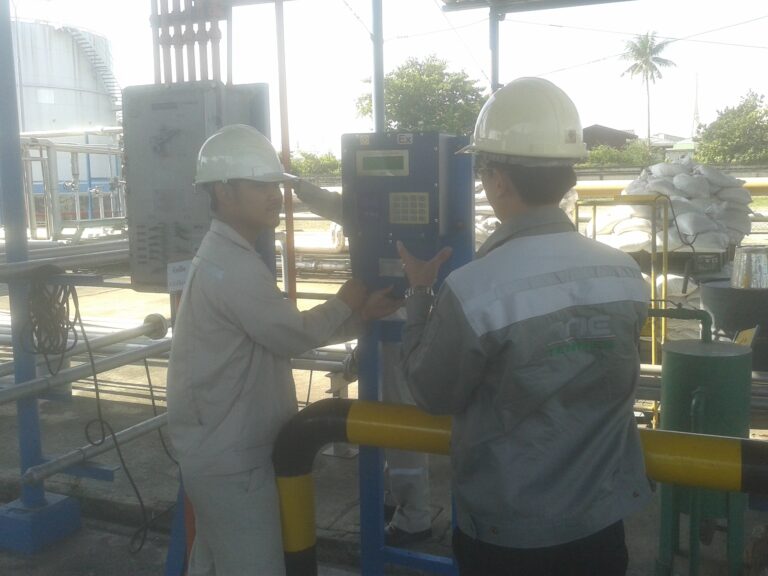
Future Projections and Predictions
Expert insights into the future of Coriolis mass flow meter technology paint a picture of continued evolution and integration into diverse industries. Anticipated advancements include further miniaturization, enabling the deployment of Coriolis meters in space-restricted environments. Experts predict enhanced connectivity with Industry 4.0 technologies, leveraging IoT and AI for real-time analytics and predictive maintenance, elevating efficiency and reducing operational costs.
The market is poised to experience an upswing in demand within emerging economies, particularly as industries in Asia-Pacific and Africa undergo modernization efforts, emphasizing precision in fluid processes. Anticipated changes encompass the incorporation of advanced materials, empowering Coriolis meters to effectively manage extreme conditions and fluids with diverse properties. Ongoing innovations that address cost constraints and streamline maintenance procedures are expected to broaden the accessibility of Coriolis mass flow meters to a more extensive array of industries.
In the coming years, the technology is forecasted to transcend its current capabilities, offering not just measurements but comprehensive insights that drive smarter decision-making in industrial processes. The future trajectory of Coriolis mass flow meter technology promises a convergence of precision, sustainability, and adaptability, solidifying its role as a cornerstone in the landscape of fluid measurement.

Implications for Industry Stakeholders
The evolving global market trends in Coriolis mass flow meter technology have significant implications for manufacturers, suppliers, and end-users across diverse industries. Manufacturers must align their product development strategies with the demand for miniaturization, advanced connectivity, and sustainable solutions. Embracing innovative sensor technologies and digitalization is essential to stay competitive in the dynamic landscape.
Suppliers play a pivotal role in facilitating a smooth transition to the next era of Coriolis mass flow meters. Collaborations with technology providers, continuous supply chain optimizations, and a commitment to delivering cost-effective solutions are critical for sustained growth. As the market demands more versatile, connected, and environmentally conscious solutions, suppliers need to evolve in tandem.
End-users stand to benefit from the ongoing advancements, provided they stay informed and adaptable. Embracing Industry 4.0 integration can enhance operational efficiency, and a proactive approach to maintenance can maximize the lifespan of Coriolis meters. End-users should also consider the long-term value proposition, looking beyond upfront costs to appreciate the benefits of precise measurements and the potential for cost savings in the operational life cycle.

Conclusion
The global market trends in Coriolis mass flow meter technology paint a dynamic and promising landscape for industries worldwide. From its historical roots to the current state of technological sophistication, Coriolis meters have emerged as indispensable tools, driving precision and efficiency across diverse sectors. As we explore the evolution of this technology, it is evident that its future holds even greater promise.
With ongoing advancements in sensor technologies, digitalization, and Industry 4.0 integration, Coriolis mass flow meters are poised to redefine the benchmarks for fluid measurement. Manufacturers, suppliers, and end-users are encouraged to embrace innovation, collaboration, and sustainability to navigate these currents of change successfully. As the technology evolves, industry stakeholders have the opportunity to not only meet the demands of today but also shape a future where precision, adaptability, and environmental consciousness converge in a harmonious flow.
